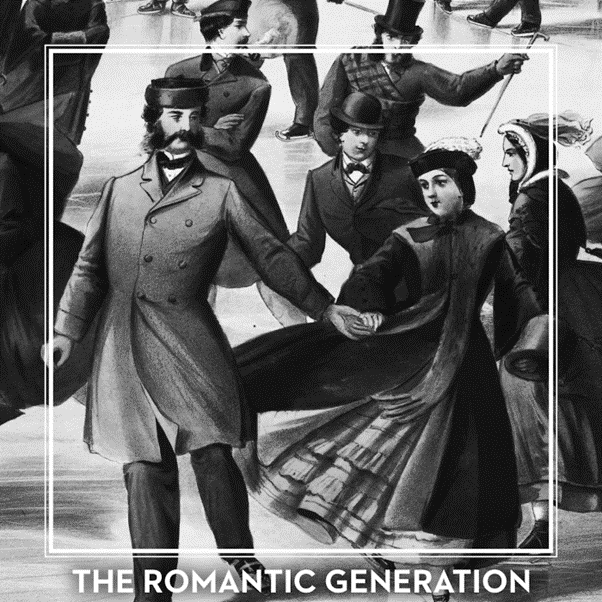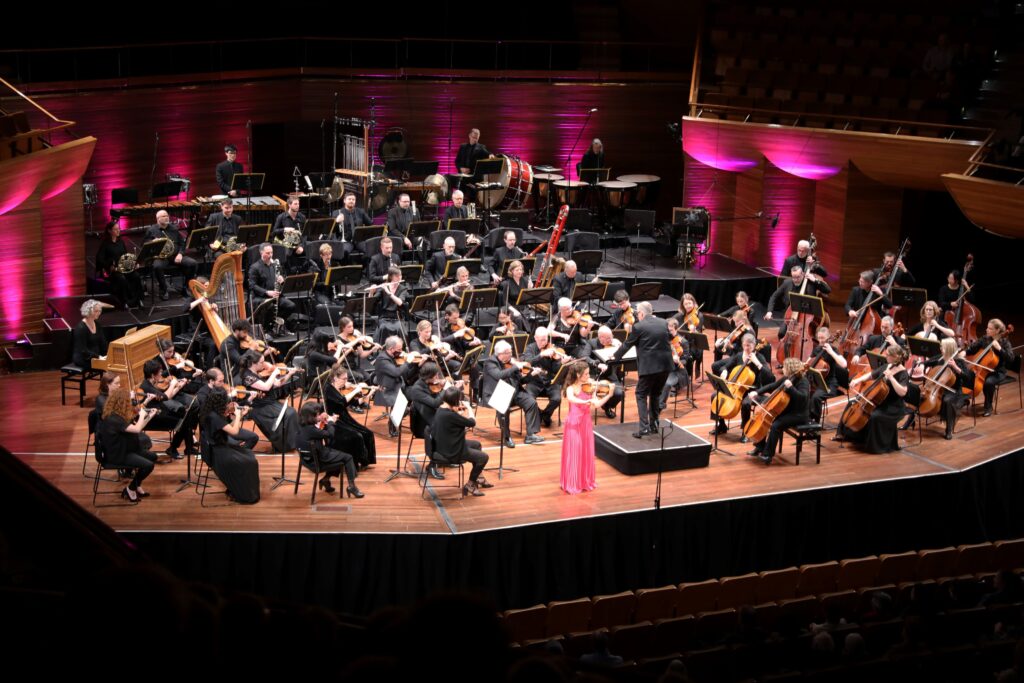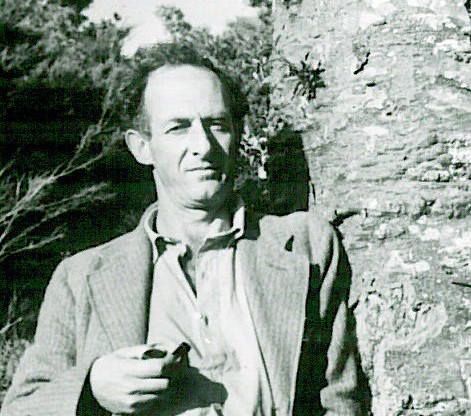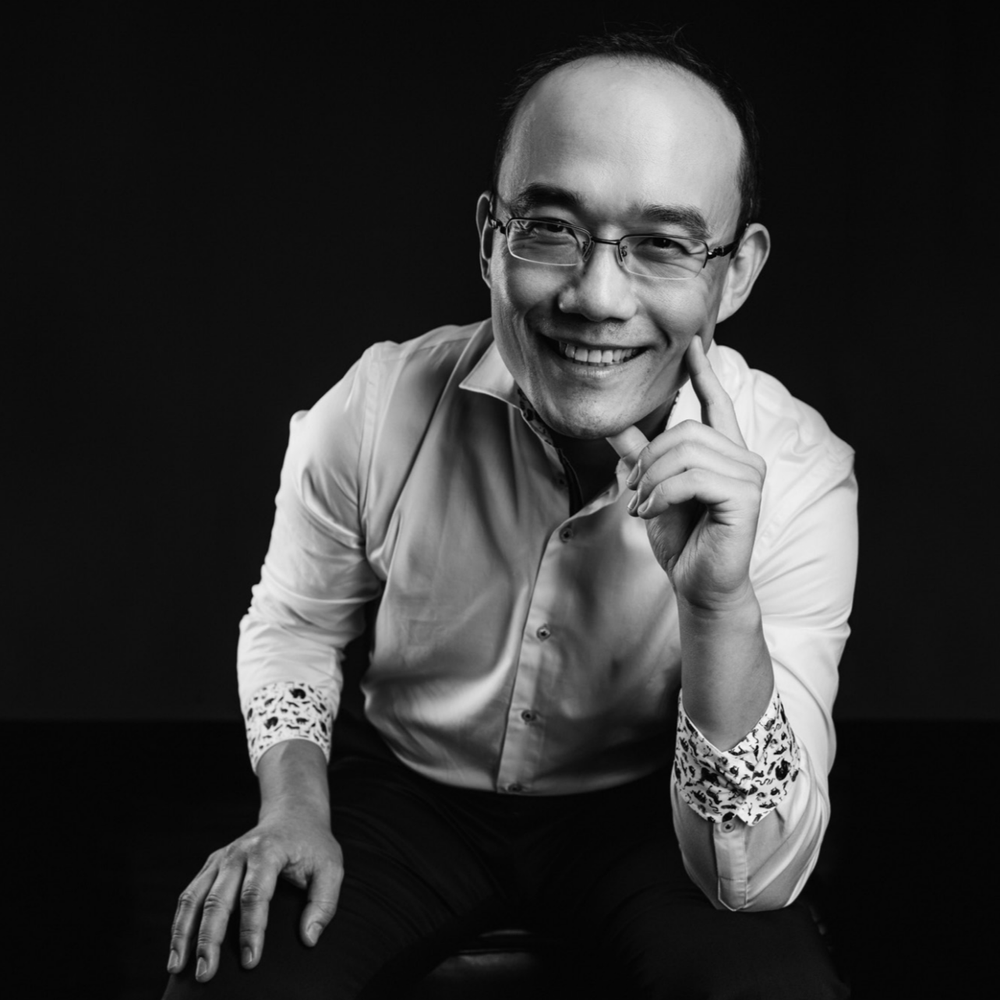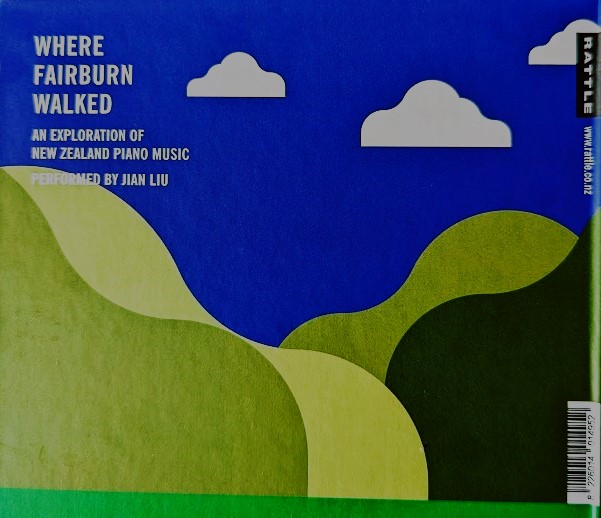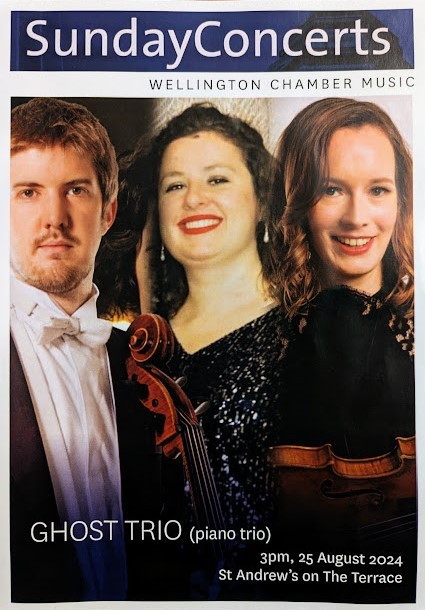
Wellington Chamber Music presents:
THE GHOST TRIO – SCHUMANN, HOLMES, SAARIAHO. RAVEL
ROBERT SCHUMANN – Piano Trio No. 1 Op.63
LEONIE HOLMES – Dance of the Wintersmith (2017)
KAIJA SAARIAHO – Calices (2009)
MAURICE RAVEL – Piano Trio in A Minor (1914)
The Ghost Trio – Monique Lapins (violin). Andrew Joyce (‘cello), Gabriela Glapska (piano)
(Andrew Joyce replaces ‘cellist Ken Ichinose for this concert)
St.Andrew’s-on-The-Terrace, Wellington
Sunday, 25th August, 2024
“New Zealand has so many great musicians that we have decided to have eight concerts” proclaimed the Wellington Chamber Music’s 2024 series website at the year’s beginning. Having been fortunate enough to attend (and review) six of these concerts, I’m finding myself at the conclusion of this, the final one in the series, overcome with gratitude at being able to enjoy so much great music in the company of these – yes, truly! – great musicians! And glancing at the society’s prospectus for 2025 has already whetted my appetite for more….
But, to the business at hand, this final concert! – and to The Ghost Trio’s remarkable metamorphosis via a replacement ‘cellist, Andrew Joyce, stepping into the role for the temporarily unavailable Ken Ichinose, and bringing his own remarkable qualities to bear upon the concert’s two major works by Schumann and Ravel without any discernable hiccups! The composer-lineup remained the same as before, except that violinist Monique Lapins and pianist Gabriela Glapska adroitly substituted two not insubstantial violin-and-piano works by Leonie Holmes and Kaija Saariaho respectively for the original “all-piano-trio” lineup.
First up was Robert Schumann’s adorable D Minor Piano Trio Op. 63, a work which shows how much the composer’s recent absorption of JS Bach’s works (particularly the “Well-Tempered Clavier”) had influenced his thinking, evident in a new kind of expression marked by contrapuntal entwinings and polyphonic voicings well beyond the scope of his other chamber music up to then. The players here responded with sombre, forward-thrusting gestures at the outset with vibrant lines and strong but always flexible trajectories, continually catching our ears with the music’s on-going subtleties of dynamics and intensities. Monique Lapins had demonstrated for us on her instrument Schumann’s innovative use at one point in the movement’s development section of ghostly sul ponticello bowing accompanied by the piano in its highest registers – when it came in the performance it sounded extraordinary! – it brought to my mind the composer’s well-known penchant for the expression “different realms”, which he himself obviously cherished.
After a couple of “Ready, steady” chords, the players “galloped in” the dotted-rhythm scherzo, the oft-repeated ascending theme cheekily combining whole- and half-note intervals, with the contrastingly graceful Trio a series of ascending and descending figures, almost like the scherzo itself in a more languid, even sleepwalking mode. A different world awaited us with the Langsam mit inniger Empfindung slow movement, the opening violin solo solemn and focused with near-vibratoless tones – the ‘cello encouraging more warmth from the notes, and seeming for a while to “lighten” the violin’s emotional load. The gravitas then returned, so exquisitely “voiced” here by both players, and with the piano giving discreet and sure-footed support, the instruments gradually reducing their tones to near-silence, and leaving us with only our beating hearts for company for a semi-second of silence…… Schumann then decided to give us as a finale one of his warmest and great-hearted of melodies by way of leading us back into domains of light and joyousness, a mood not unlike that of his Piano Concerto’s finale, albeit here in 4/4 trajectory rather than the Concerto’s 3/4!
Teamwork between the players pinged, clicked and hummed as the theme flowed, skipped, sang and declaimed its way through sequences conveying by turns energy, contentment, mischief and exaltation, each with its particular deftness of touch or vigorous exuberance – I admired things like the will-o’-the-wisp exchanges between Monique Lapins’ violin and Andrew Joyce’s ‘cello, as well as the latter’s beautiful intonation in a high-lying rendition of the movement’s second theme, and (perhaps most especially) pianist Gabriela Glapska’s brilliant dexterity and unflagging strength in holding together and maintaining the flow of the finale’s seemingly boundless energies.
Monique Lapins, who’d introduced the concert’s first item, then added something of a performer’s perspective for us to the programme note written by the composer regarding the concert’s next item. This was a work, Dance of the Wintersmith, by Auckland composer Leonie Holmes, inspired by a Terry Pratchett book for children called ‘Wintersmith”, a fantasy-tale of a young witch whose dabbling in “dark arts” causes worldwide climate disruption that puts humankind in jeopardy.We were alerted to the composer’s requirement that the violinist additionally “vocalises” some of the music, and were told not to be alarmed at the inclusion of such sounds at some point!
The work began with an almost Gypsy-like solo gesture, one with eerily-spaced intervals and chromatic descents, and alternating near-frenetic bowings with mysteriously disembodied harmonics – all beautifully realised by the player! The piano’s entry echoed the atmospheric character of the sound-picture, though the players soon “struck out” with some impactful gesturings – strong pizzicato, followed by scherzando interchanges between the instruments, with the scenario marked in places by a vivid sense of grotesquerie, the “dance” angular and fantastic, its projection almost visceral! – a silence created a moment of mystery which the piano embellished at first, the violinist then quietly humming a melody, and accompanying the vocalising on the violin – the effect was of a kind of lament, a “lost song” looking for some kind of answer or redemption – all very moving, as everything drifted into silence.
Monique Lapins (who on this showing would, I feel, get a PR presenter’s job in any sphere of activity with no difficulty) then told us briefly about the composer, Kaija Saariaho, of the next item and the music we were about to hear – again a work for violin and piano, its title Calices (2009) means ‘calyxes’ in French, and refers to the protective layer surrounding a flower in bud; one could imagine the violin as representing a spring flower bursting into life. Calices is actually derived from Saariaho’s own violin concerto Graal théâtre (1994).
I found this extraordinary quote from the composer regarding the concerto which could well have a bearing on the shape, form and syntax of Calices:
‘I had a kind of vertigo, a fear of high places, when I started this concerto. I played the violin as a child and I loved many violin concertos passionately – and I was afraid to step into this domain.’
The programme note enlarges on this with a further comment by Saariaho herself relating to this particular time, one involving “frustrated illusions, longing and love”. The article went on to emphasise that Calices is noteworthy for its intimate familiarity with violin technique, wrought from those experiences of the composer. Monique Lapins’ and Gabriela Glapska’s remarkable performance reinforced the character of the writer’s description “ the piece ebbs and flows through different moods, from calm and contemplative to violent, with a good deal of tempo fluctuation, and with recurring notes acting as reference points within each section, like a magnet to which the music returns….”
The work was in three sections, opening with a gesture that suggested folk-like, almost oriental influences, which at first belied the violinist’s description of the work as “icy”, but soon established its severities, demanding both percussive exchanges between the instruments and contrastingly isolated single notes from both – we experienced incredibly unworldly-sounding harmonics from the violin in places, and the pianist occasionally reaching into her instrument’s body to hauntingly activate the strings.
Part Two began with a “falling” set of sequences from the piano as the violin delivered cadenza-like flourishes, the piano creating what one description called “cloud-formations ”as the violin mused throughout repetitive meditations – my notes at this point read “we are in a fantastic world of improvised fantasy”. The third part of the work began in agitato fashion, tersely dynamic gestures exchanged but then coming together in a part conciliatory, part “distanced” mood, leaving this listener with feelings more enigmatic than resolved – in that sense similar to the ending of the Fourth Symphony of another Finn, Jean Sibelius.
With the concert’s final item ‘cellist Andrew Joyce provided for us a “from-the-heart” introduction to the work, Ravel’s 1914 Piano Trio, echoing the programme note’s associating the work’s genesis with the outbreak of war in Europe, and Ravel’s desire to be involved despite his poor health and his mother’s anxieties regarding her son’s decision. I particularly enjoyed his remark regarding the composer’s attested “sobbing over (my) sharps and flats” (in a letter to a friend at the time), commenting that Ravel should have spared a thought for the generations of musicians left “sobbing over those same sharps and flats” when preparing performances of the work! Perhaps the nearest Ravel got to this kind of admission was with the piano writing, which he confessed was ‘too difficult for its composer to play!”
As with Ravel’s great contemporary, Debussy, in his String Quartet, this A Minor Piano Trio demonstrates mastery of classical form but with many individual touches – Gabriela Glapska’s beautiful piano-only opening of the work suggested the composer’s attraction towards the music of the Basque region, the melody at once dreamy and restless, able to express at once great longing and anxiety. The violin and ‘cello octave-doubled string-writing carried this mood onwards until its growing angst irrupted as the instrumental exchanges intensified. What relief, then, as these energies quickly dissipated to allow the achingly beautiful second subject to appear on the violin, then on the cello and be echoed by the piano – we so relished such a gorgeous dialogue for the strings here, together with such limpid piano notes! And what passions we were then plunged into by the return of the opening theme revisiting its volatile tendencies, the sounds here flung even more energetically across the soundscape by the players, and quelled only by the second theme’s “laying on of hands” return. We were relieved by the violin and ‘cello’s wanting to make peace and, finally, prevailing over the piano’s brooding aspect! Peace, when it finally came, was like balm for the senses.
I’d obviously got carried away with this first Ravel movement in The Ghost Trio’s hands, but their “characterisation” of the music’s chameleon-like moods was so absorbing and well-rounded, it seemed to squeeze words out of me like toothpaste! The second movement is a scherzo headed Pantoum: Assez vif , and takes its title from a Pantoum, a Malay-sourced poetic form popular with French poets such as Baudelaire, one which repeats and overlaps words and lines in much the same way as Ravel alternates the movement’s first two themes – though I’ve always thought the highlight of this movement is the Trio, during which Ravel cleverly combines fragments of the strings’ scherzo themes (in 3/4) with the slower, more lyrical Trio theme (4/2) on the piano, and all without the music’s heartbeat seeming to falter, the players skilfully maintaining the different time-signatures’ happy co-existence!
The third movement Passacaille: Très large is of course a Passacaglia based on the piano’s opening eight-bar bass line – when played on a string instrument the melody straightaway sounded “folky”, and its return on the piano in a higher register had the same heartfelt effect. Moment then followed breathcatching moment, such as the duetting between violin and ‘cello, the succeeding ‘cello solo, and the rapt concentration of the piano’s final utterances.
Then, not unlike the effect Schumann had achieved earlier in the concert during his G Minor Piano Trio with his strings’ sul ponticello playing and high-registered piano figurations, Ravel’s violinist and cellist respectively played arpeggio harmonics and double-stopped high-fingerboard trills at the finale’s beginning, a melody whose exotic decorative aspect gave it something of an oriental fairytale character, but then whose irregular time signatures of 5/4 and 7/4 in places added a vertiginous quality to the music’s vigorous and ever-burgeoning sonorities, the players giving their all and achieving an exuberance and euphoria right up to the piece’s no-holds-barred ending.
Nothing much further needs to be said, but “Roll on, 2025” – Wellington Chamber Music can justly feel pride and satisfaction with this year’s efforts on behalf of a grateful public!
